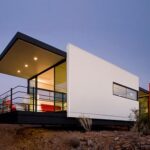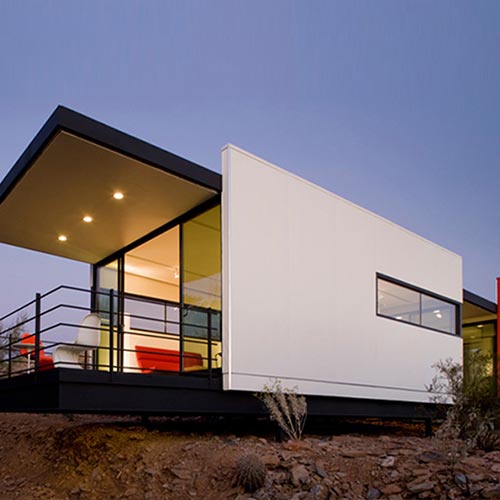When it comes to selecting the right structure for a project, decision-makers often find themselves comparing Porta cabin KSA and traditional buildings. Both options have distinct advantages, and the choice depends on factors like budget, time, and specific requirements. By understanding their differences, you can determine the most suitable option for your project.
Speed of construction:
Porta cabins are pre-fabricated and can be assembled in a fraction of the time it takes to construct a traditional building. If time is key for your project, porta cabins are the clear winner. Traditional buildings, while sturdy, often require months of planning and construction.
Cost-effectiveness:
Porta cabins are significantly more affordable due to their modular design and efficient production process. They involve fewer materials, labor, and on-site construction costs. Traditional buildings, instead, are a long-term investment but demand a higher upfront budget.
Flexibility and mobility:
Porta cabins offer unmatched flexibility as they can be easily relocated and reassembled at different sites. This makes them ideal for temporary or mobile projects. Traditional buildings are permanent structures, limiting their flexibility in terms of relocation.
Customization and design:
Both options offer opportunities for customization. Porta cabins can be tailored with features like air conditioning, insulation, and specific layouts. However, traditional buildings provide greater scope for intricate architectural designs, making them more suitable for long-term or aesthetic-driven purposes.
Environmental impact:
Porta cabins are more eco-friendly as they use fewer resources and produce less waste. Many porta cabins are constructed using recyclable materials, adding to their sustainability. Traditional buildings, though durable, often have a larger environmental footprint during construction.
Durability and longevity:
Traditional buildings are known for their robustness and ability to last decades with proper maintenance. Porta cabins, while durable, are generally designed for temporary or medium-term use. They may not match the lifespan of traditional structures but are resilient under various conditions.
Usage and application:
Porta cabins are ideal for short-term projects, such as construction sites, pop-up offices, or disaster relief shelters. Traditional buildings are more suited for permanent spaces like homes, schools, and commercial properties. The choice between porta cabins and traditional buildings eventually depends on your project’s specific requirements. For quick, affordable, and flexible solutions, portable cabins are the way to go, while traditional buildings remain unmatched for permanence and longevity.












